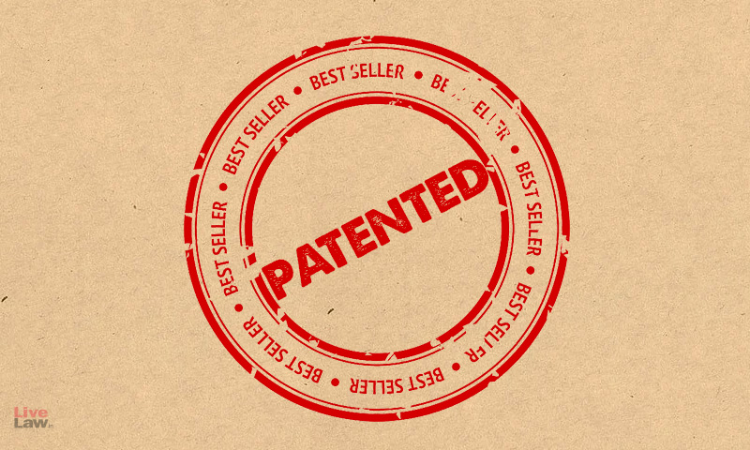- Home
- /
- High Courts
- /
- Delhi High Court
- /
- Simplicity No Bar To Patentability,...
Simplicity No Bar To Patentability, Even Simple Changes Can Lead To New Inventions: Delhi High Court
Kapil Dhyani
30 July 2025 9:45 AM IST
The Delhi High Court has made it clear that a simple invention, if novel and non-obvious, warrants patent protection when it addresses a technical problem with ingenuity.Justice Mini Pushkarna observed,“It needs no emphasis that simplicity is no bar to patentability and even simple changes can introduce discernible and substantive differences, leading to a new invention.”The observation...
The Delhi High Court has made it clear that a simple invention, if novel and non-obvious, warrants patent protection when it addresses a technical problem with ingenuity.
Justice Mini Pushkarna observed,
“It needs no emphasis that simplicity is no bar to patentability and even simple changes can introduce discernible and substantive differences, leading to a new invention.”
The observation was made while hearing the plea of a South Korean company engaged in developing automated car parking systems, aggrieved by rejection of its patent application for 'Vertical Rotary Parking System'.
The Controller of Patents and Designs cited D-5, a prior art publication belonging to the appellant-company itself, and held that the claimed invention 'lacks inventive step'.
Appellant claimed it had introduced specific structural optimization of the male and female coupling elements to ensure less friction and a quieter parking system. Whereas the opponent claimed that the move was 'obvious', merely mechanical in nature and did not result in any technical improvement over the cited prior art.
At the outset, the High Court noted that the Controller failed to adjudicate as to how the invention did not involve technical advancement. It observed that if the subject invention was so obvious, any third party could have made modifications to the prior art to arrive at the subject invention, however, the same had not happened.
“The determination that the claimed invention was merely a workshop modification, has not been supported by any authoritative documents, except the finding that slight changes have been made on the existing patent, i.e., D-5…The Controller's finding of obviousness lacks foundation, as nothing has been brought on record to demonstrate that the appellant‟s reconfiguration of the male and female coupling elements, was an obvious modification,” Court said.
It relied on Avery Dennison Corporation Versus Controller of Patents and Designs (2022) where it was held that one of the sure tests in analyzing the existence of an inventive step would also be the time gap between the prior art document and the invention under consideration.
The Court then noted that the Controller had given a finding that a person skilled in the art, with “common general knowledge”, can identify the modifications made to the prior art.
However, the High Court noted, the impugned order does not provide any reference to the common general knowledge.
As such, the Court ordered that the appellant's patent application be re-examined.
Appearance: Mr. Pravin Anand, Mr. Ravi Aggarwal, Advocates for Appellant; Mr. Ankur Mittal, CGSC with Mr. Aviraj Pandey, Advocates for Respondent
Case title: Dong Yang PC, Inc v. Controller Of Patents And Designs
Citation: 2025 LiveLaw (Del) 896
Case no.: C.A. (COMM.IPD-PAT) 60/2024



